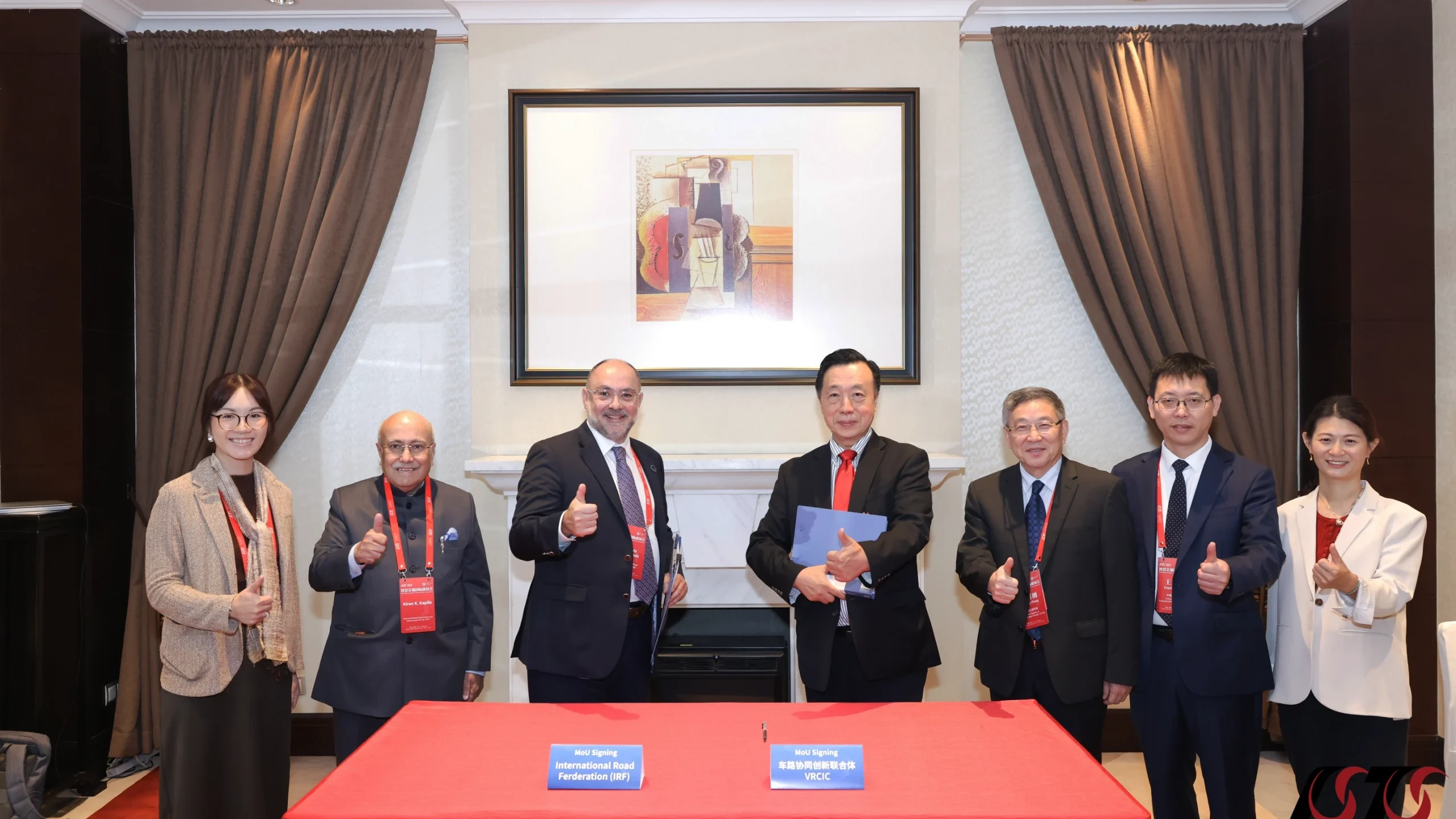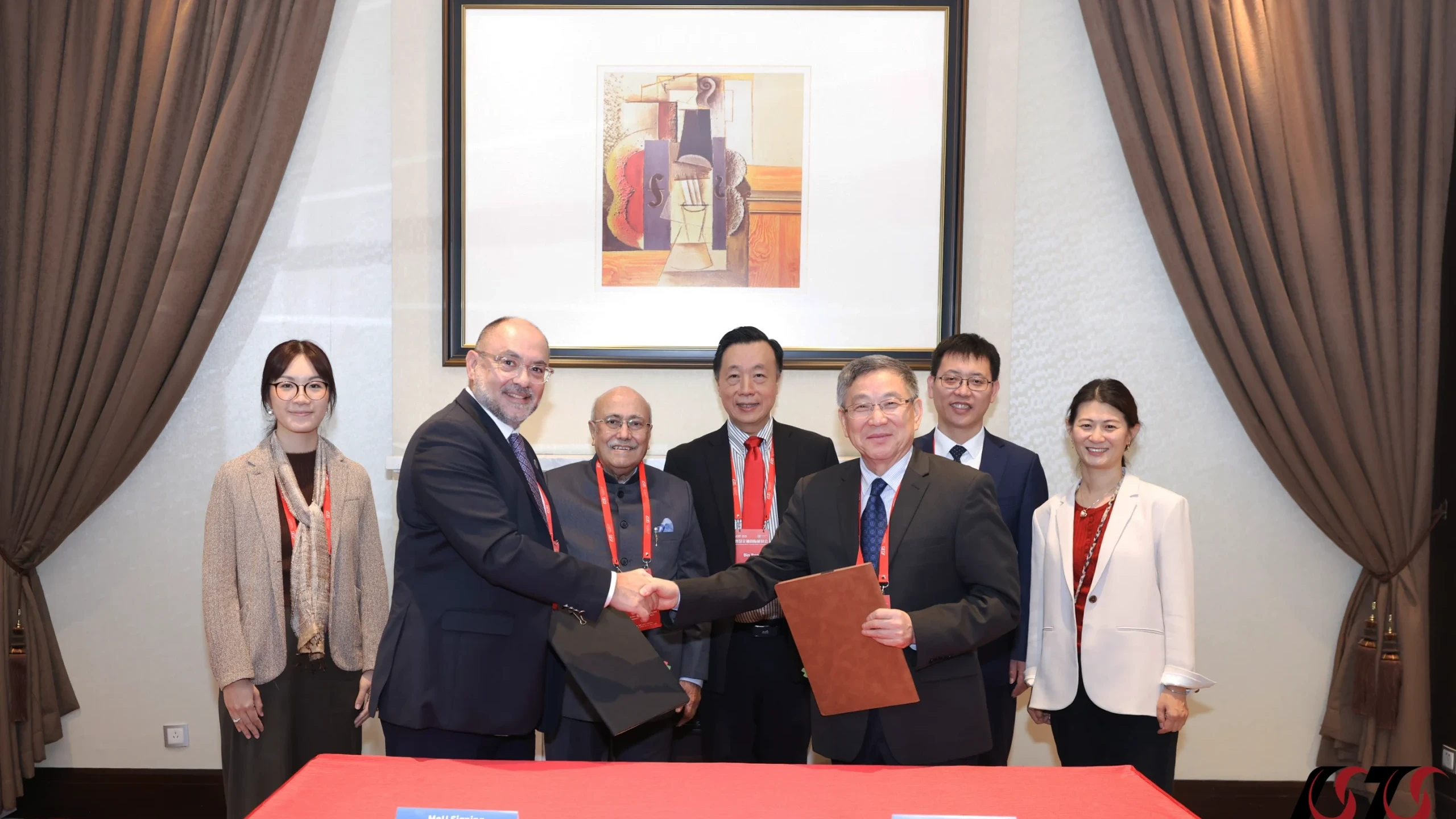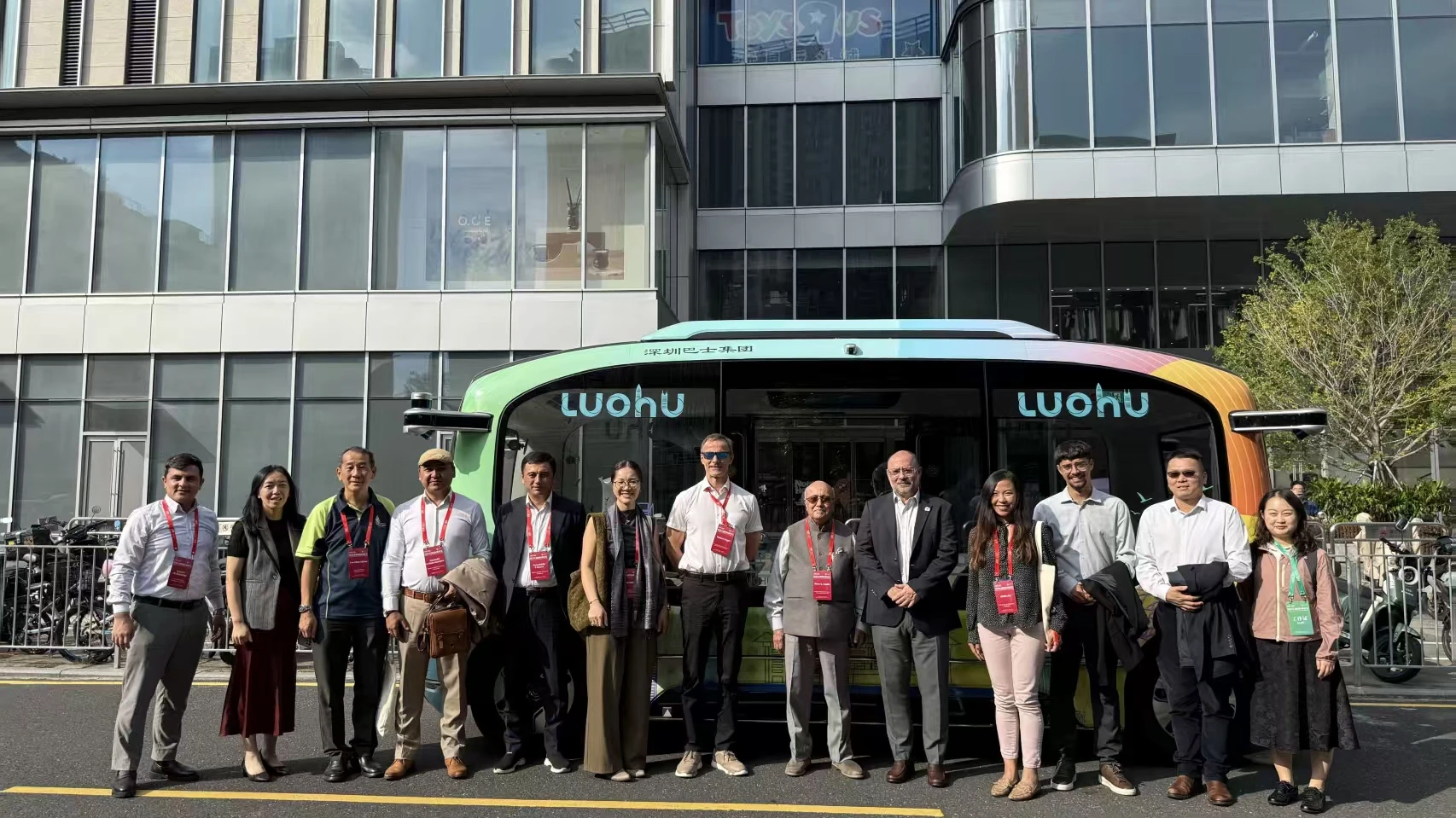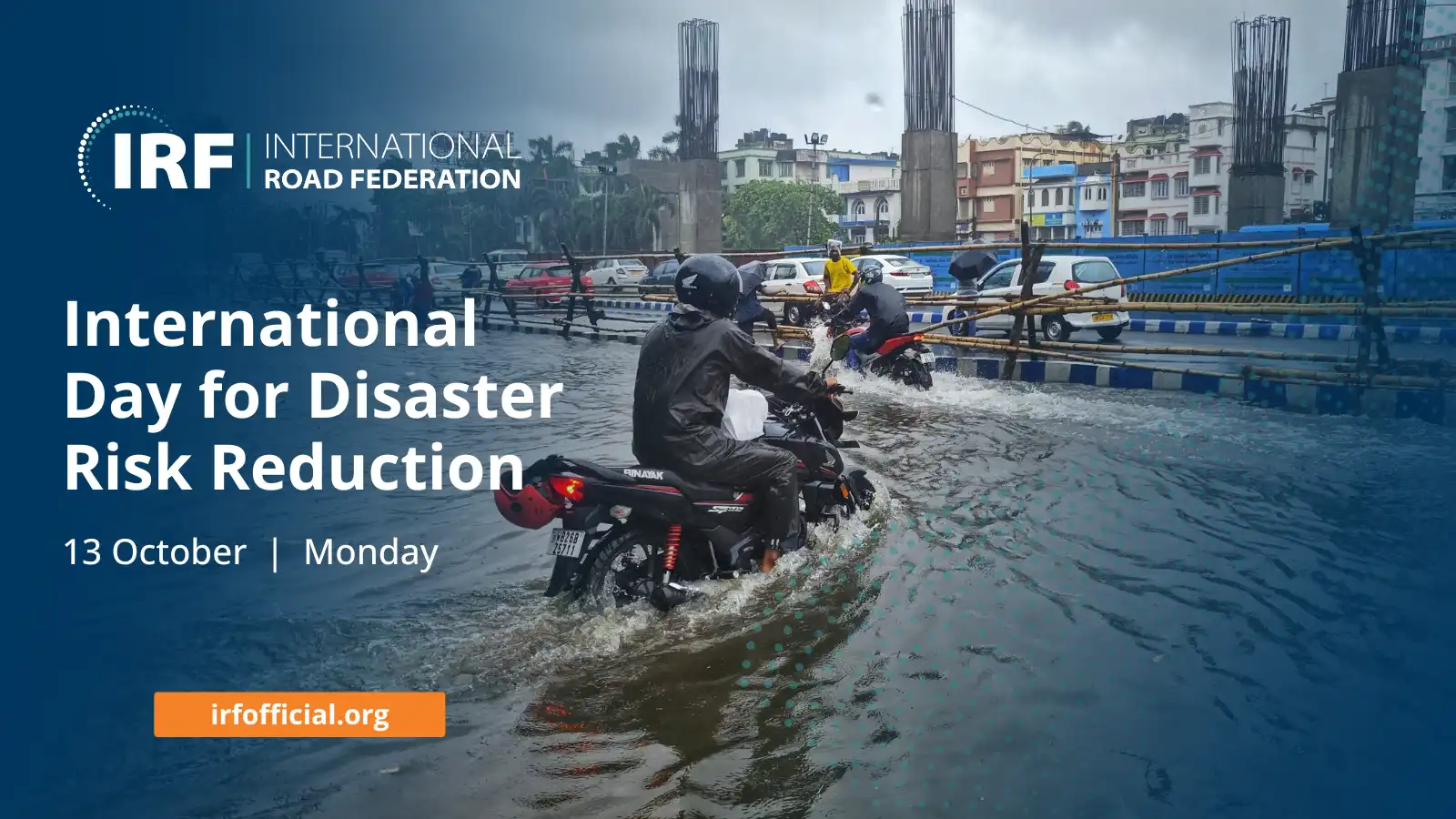Ten Step Plan in Senegal: Training on Road Safety Engineering Begins
Dakar, Senegal | 29 September to 1 October – Road crashes are the biggest killer of young people worldwide, and the injury burden impacts every country on earth. In total, 1.19 million people are killed and 30-50 million people are injured in preventable road crashes every year. Pedestrians, cyclists, and motorcyclists account for nearly half of all road deaths and a significant proportion of injuries.
Road infrastructure plays a significant role in influencing the likelihood or severity of a crash. An undivided road with head-on risk built-in, a high-speed road with dangerous roadsides or an urban road with no facilities for safe pedestrian or cyclist movement are just some examples of road features that impact crashes. The cost of road trauma is estimated to be 3-6% of national GDP each and every year in low and middle-income countries.
Unlocking the potential of safer roads to save lives, save money and achieve the UN Global Road Safety Performance Targets is the focus of the Ten Step Plan for Safer Road Infrastructure Project.
The project is a collaborative effort between the Government of Senegal, through the Ministry of Infrastructure, Land, and Air Transport (MITTA) and ANASER and the consortium joined by the IRF along with the International Road Assessment Programme – iRAP, PIARC (World Road Association) and LASER International, with support from the Private Infrastructure Development Group (PIDG) and FIA Foundation.
The three-day training event
The training focused on ‘road safety engineering,’ with a particular emphasis on the new PIARC Road Safety Manual. The event saw 20 participants from a range of key organizations, including the Senegal National Road Safety Agency (ANASER), Ageroute, the General Directorate of Road Infrastructure and Accessibility (DGIRD), universities, and the Executive Council of Urban Transport in Dakar (CETUD). This session is the first of a series of in-person trainings and complements the ongoing electronic training platform, which currently serves over 150 participants.
The Ten Step Senegal Project is a three-year initiative funded by the United Nations Road Safety Fund (UNRSF). The project aims to improve road infrastructure safety by strengthening capacities through training, updating road design standards, and implementing targeted strategies.
The project works to create synergies with other internationally funded road projects, provide key performance indicators and recommendations, and support the implementation of the National Road Safety Plan.
The Ten Step Plan for Safer Road Infrastructure Project for safer roads
The World Health Organization estimates that road crashes claim more than 3,500 lives every year in Senegal, and result in over 40,000 more injuries, with a national economic burden of US $1.4 billion. National data shows road crashes are the leading cause of death among young people aged 15 to 24, and the second leading cause among 25-39 year-olds, after AIDS.
Senegal is only the second country in the Africa to use the United Nations Road Safety Collaboration (UNRSC) Ten Steps approach, following its award-winning implementation in Tanzania. The Ten Step Plan framework has been produced by the United Nations Road Safety Collaboration (UNRSC) partners to support countries seeking to implement initiatives in relation to the “improved safety of road infrastructure and broader transport networks”, the UN Convention on Road Traffic and Road Signs and Signals, and the achievement of UN Member States agreed Global Targets 3 and 4 for safer new and existing roads.



Latest News
- MoU signing between IRF and VRCIC to Advance Cooperative Vehicle-Infrastructure Technologies

- IRF and CHTS Strengthen Collaboration in Advancing Research in Autonomous Vehicles

- Driving Innovation: IRF and CHTS Strengthen Collaboration in Smart Mobility Research

- Hi-Drive Webinar Explores the Technology Enablers for Higher Vehicle Automation

- Introducing the IRF Start-Up 2025 Finalists

- Building Resilient Roads for a Safer and Connected Future

MORE NEWS
October 31, 2025
0 Comments5 Minutes
MoU signing between IRF and VRCIC to Advance Cooperative Vehicle-Infrastructure Technologies
The partnership between the IRF and VRCIC was officially sealed through a Memorandum of Understanding signed at the 2025 ISTS.
October 31, 2025
0 Comments7 Minutes
IRF and CHTS Strengthen Collaboration in Advancing Research in Autonomous Vehicles
The IRF and the CHTS formalised a new chapter of cooperation with the signing of a MoU during the 2025 ISTS.
October 31, 2025
0 Comments4 Minutes
Driving Innovation: IRF and CHTS Strengthen Collaboration in Smart Mobility Research
IRF delegation visited Shenzhen and Beijing to explore pioneering examples of smart and sustainable mobility in action.
October 22, 2025
0 Comments3 Minutes
Hi-Drive Webinar Explores the Technology Enablers for Higher Vehicle Automation
IRF and the Hi-Drive European Project launch session on “Technology Enablers for Higher Vehicle Automation & Operations: Testing…
October 13, 2025
0 Comments6 Minutes
Building Resilient Roads for a Safer and Connected Future
International Day for Disaster Risk Reduction: Prioritising resilient roads












